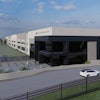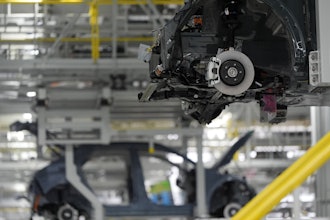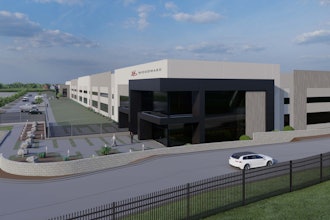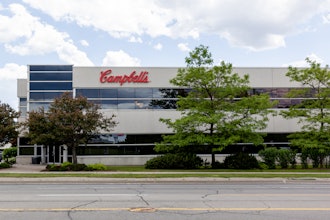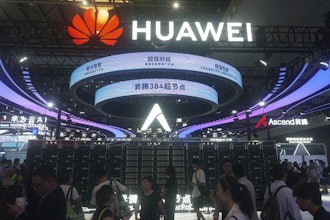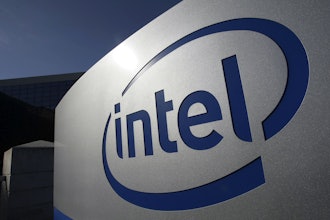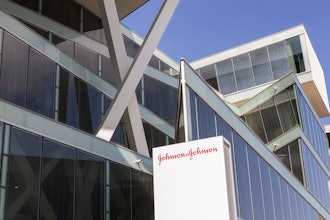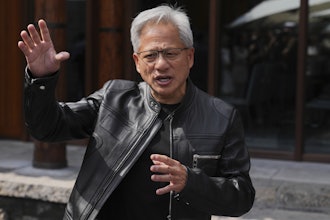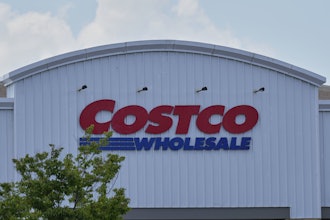In the past, energy management was straightforward — food manufacturers simply received a bill and paid it.
But today there’s a different scenario. Increased competitive pressures, tighter margins and rising energy costs are forcing food producers to alter their methods of operation. At the same time, new ways of managing energy consumption and quality through sophisticated power monitoring tools have emerged — providing the information that companies need to implement a more energy-efficient operation. In short, effective energy management is no longer an option; it’s a strategic business necessity.
The key to effective energy management is information and knowledge — information on what’s happening and the knowledge to do something about it. More specifically, it’s understanding where, when and how much energy is being consumed and having the ability to act. Finding the hidden energy costs can be a source of substantial savings for food manufacturers if they know where to look.
By developing an integrated energy management program based on accurate consumption and spending patterns and demand profiles, companies can calculate power consumption costs among various production lines, or in the manufacturing of a specific product. With a more accurate determination of actual production costs, managers can make more intelligent business decisions.
An important element of an effective energy management strategy is working with an energy management expert who understands industrial processes and knows how to uncover energy savings opportunities. Without a competent partner in the field of automation and power management to provide guidance through the selection and implementation process, companies can end up with the wrong type of power monitoring hardware — a mistake that could wipe out the savings an energy management solution is intended to provide.
Automation and energy experts can play a key role in helping food manufacturers understand their tariff structure and how energy bills are calculated. They also can take the energy information and develop a plan to reduce energy costs.
Charting a course
Before implementing the required energy management technology and underlying infrastructure, companies should first identify their overall business goals, and then develop an energy strategy that seeks to accomplish those goals. The goals should be specific to the areas of energy costs that need to be addressed.
For example, are electricity costs the primary concern or does the strategy need to also consider consumption patterns related to water, air, gas and steam? Does the company have a specific cost reduction goal in mind? In many cases, the first step for a plant may be to simply understand where and how much energy it is consuming. Then, once those questions are answered, companies can be in a better position to formulate more specific cost reduction or efficiency objectives.
Energy management goals typically can be divided into two segments. The first is consumption: how efficiently are you running your processes? The second is power quality: how healthy is your power and is the quality affecting production equipment and shortening life spans?
Once the goals are identified and the energy strategy is determined, the next step is to put the technology and infrastructure in place to achieve the desired goals. The good news is that while electricity is often the largest energy cost for most food plants, it can also offers the greatest opportunities for savings. Moreover, compared to other cost cutting initiatives, energy management efforts often deliver the fastest payback.
Creating the infrastructure
Step One: Identify. In the food industry, approximately half of all energy consumption is used to change raw materials into products, while the remaining is used in food preservation and safety processes, such as freezing, drying, refrigeration and packaging.
To better control and manage energy consumption, you first need to be able to measure it. Once the underlying infrastructure is in place to understand where and how energy is being consumed, it will be easier to formulate a strategy that will allow you to transition into the three core steps of energy management: monitor, analyze and control.
At the core of an effective monitoring program is a network of digital power monitoring devices that capture and communicate power consumption information. This allows plant managers to gather detailed information on power consumption in different areas of their plants, on specific machines (such as refrigeration compressors) and even on individual production lines.
Common monitoring system functions include:
• Load profiling, in which desired power parameters and energy data are measured and transmitted by the power monitors.
•Cost allocation, which is similar to load profiling, with added functionality that enables users to allocate energy costs to a department, process or facility.
•Distribution system monitoring, which gives a centralized view of the entire facility’s power distribution system.
•Power quality monitoring, which can be used to pinpoint failures of motors, drives and sensitive equipment, negotiate better service from the utility and identify the need for power factor correction and harmonic filters.
Step Two: Analyze. While monitoring systems provide the foundation for the accurate collection and charting of energy data, analyzing this information enables plants to make better decisions about controlling costs. However, in order for this information to make a difference in operations, it must flow smoothly from the plant floor to the top floor. Therefore, the key to maximizing the benefits of an energy management program is coordinating the combination of power monitoring and control devices, and communication networks and visualization technologies into a unified system.
At the heart of this arrangement is an integrated architecture based on open standards that allows users to deliver energy information to wherever in the enterprise they need it. An important requirement of this architecture is the ability to leverage existing networks and devices, including a variety of product brands.
Step Three: Control. After analyzing the data, plants can develop an action plan and install automation systems to capture energy savings using a number of control system options.
Demand Management Systems, for example, automatically project future demand to assure the peak limit is not exceeded. Load management systems can monitor the electrical consumption of selected equipment and turn them on and off in an operator-selected sequence to minimize peak demand. Loads are prioritized to allow the user to configure the order in which loads should be shed and restored.
Emergency load shedding systems reduce the total plant load automatically to keep key plant processes operating on the reaming in capacity in the event of a utility or generator loss. These systems constantly observe power system topology and evaluate what loads would be shed if a source was lost.
Generator control systems deliver integrated power generation control, such as starting, stopping and synchronization of generators.
While food manufacturers have large energy demands, they also have large opportunities for savings. Technologies and expertise are available that allow manufacturers to take control of their energy costs and protect their business from energy market fluctuations. Bottom line: energy costs are controllable. The key is identifying your energy management goals, developing a corresponding strategy, and putting the technology in place that enables you to accurately monitor, analyze and control energy consumption and quality.

